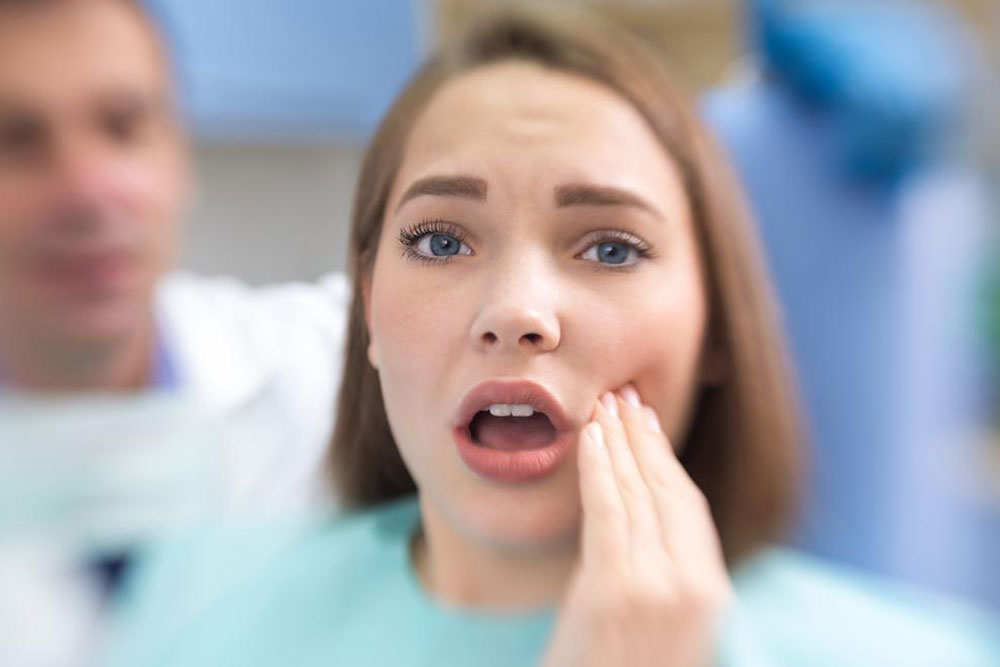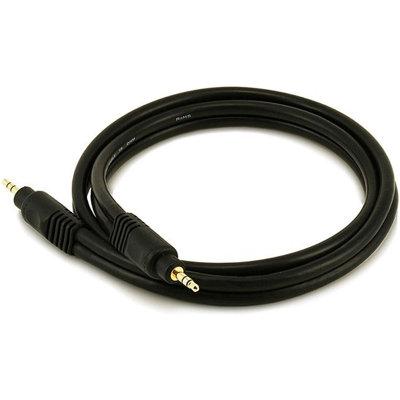TMJ – Causes, symptoms, and treatments

Temporomandibular is a hinge connecting your jaw to the temporal bones of the skull present in front of each ear. It helps in moving your jaw, and enabling you to talk, chew or yawn.
Temporomandibular disorder (TMD) is the problem with the jaw and the muscles of the face that control it. It is usually referred to as TMJ.
Before we discuss TMJ treatments lets discuss its causes and symptoms in brief:
It usually occurs due to injury to the jaw, the joint muscles of the head and neck due to a huge impact or whiplash. Other causes include:
- Dislocation of the soft cushion or the disc present between the ball and the socket of the joint.
- Arthritis is also one of the causes of TMJ.
- Stress can also induce pressure and tighten facial and jaw muscles due to clenching of the teeth.
- Grinding your teeth also puts a lot of pressure on the jaw which can lead to TMJ disorder.
Some of the symptoms of TMJ disorders include:
- Pain and tenderness in the face, especially in the jaw area. Feeling of constricted movement while chewing or speaking.
- Problems in opening the mouth wide.
- Jaws that get locked in open or closed position.
- Grating or popping sounds during the movement of the jaw.
The goal of temporomandibular joint disorder (TMJ) treatment is to restore the normal functioning of the jaw and relieve from the pain. There are many treatment approaches that can prove to be effective. Some of them are listed below:
- Initial TMJ treatments are called as conservative because they are simple and temporary rather than being invasive and permanent.
- As a result of this, they can be stopped in between and reversed. Since this kind of treatment provides temporary relief and can be administered for mild pain, over-the-counter pain relieving medicines and self-care may suffice. However, it is necessary that one should consult the doctor who will actually decide the degree of the treatment.
- For temporomandibular disorders that are chronic, TMJ treatments such as muscle relaxation measures, biofeedback, or cognitive behavioral therapy can be applied.
- Being one of the most common TMJ treatments, dental splints are also used. These bite plates or mouth guards help in relieving muscle tension and pain, thereby stabilizing the jaw.
- In case there is disc displacement and muscle spasm, the patient might be required to wear splint day and night for at least 2 weeks.
- Gradually, as the pain subsides, switch to putting it only during night times or when experiencing stress or pain in the jaw.
Recent Articles
Recent Questions
What kind of life insurance builds cash value?
The rest of the premium payment will go toward your policy's cash value. The life insurance company generally invests this money in a conservative-yield investment. As you continue to pay premiums on the policy and earn more interest, the cash value grows over the years.
What is meant by insurance plans?
An insurance plan is the one that consists of a premium amount and other components used in getting a product insured. There may be various types of insurance plans with varying terms and policies.
What are the common components of insurance?
The most important components of most insurance plans are the premium and the contract. Anything written in the contract becomes its crucial component.
What are the various types of insurance policies?
There are various kinds on insurance policies that are available on various assets. Auto, health, commercial vehicle, and travel insurance are some of the popular types of insurance policies.







